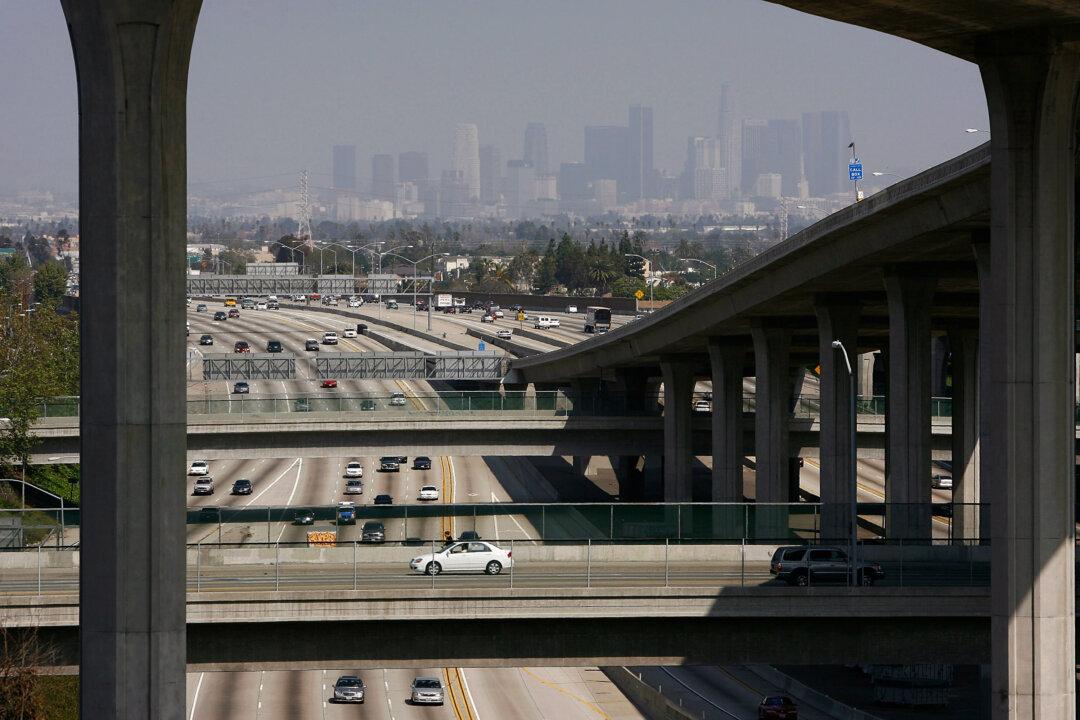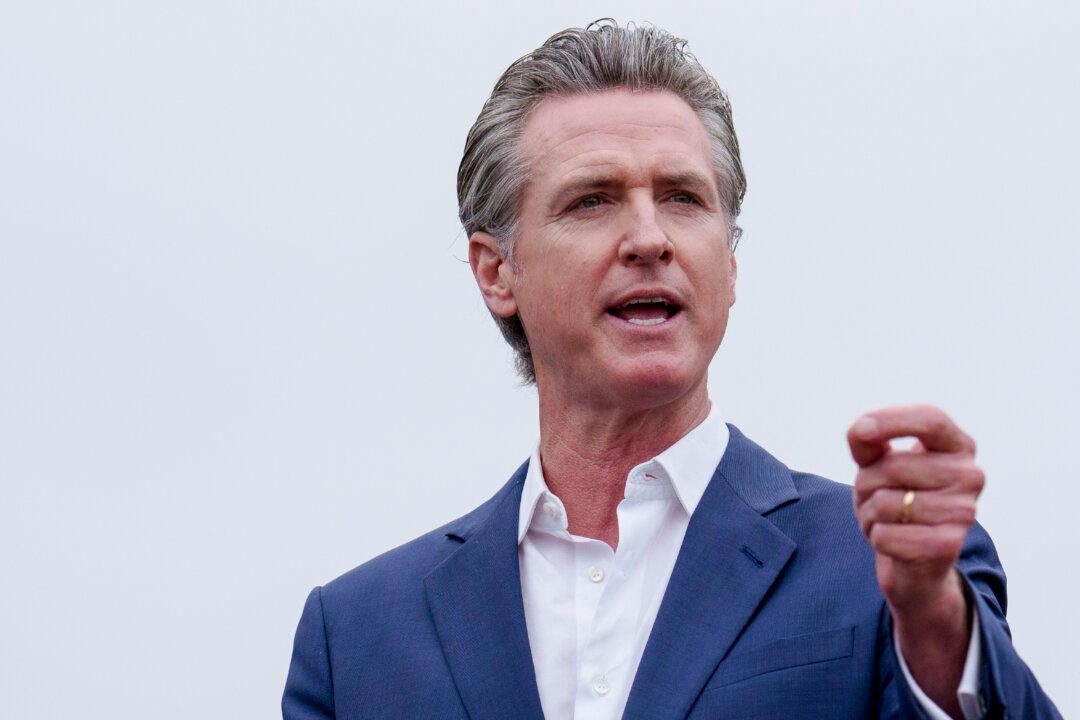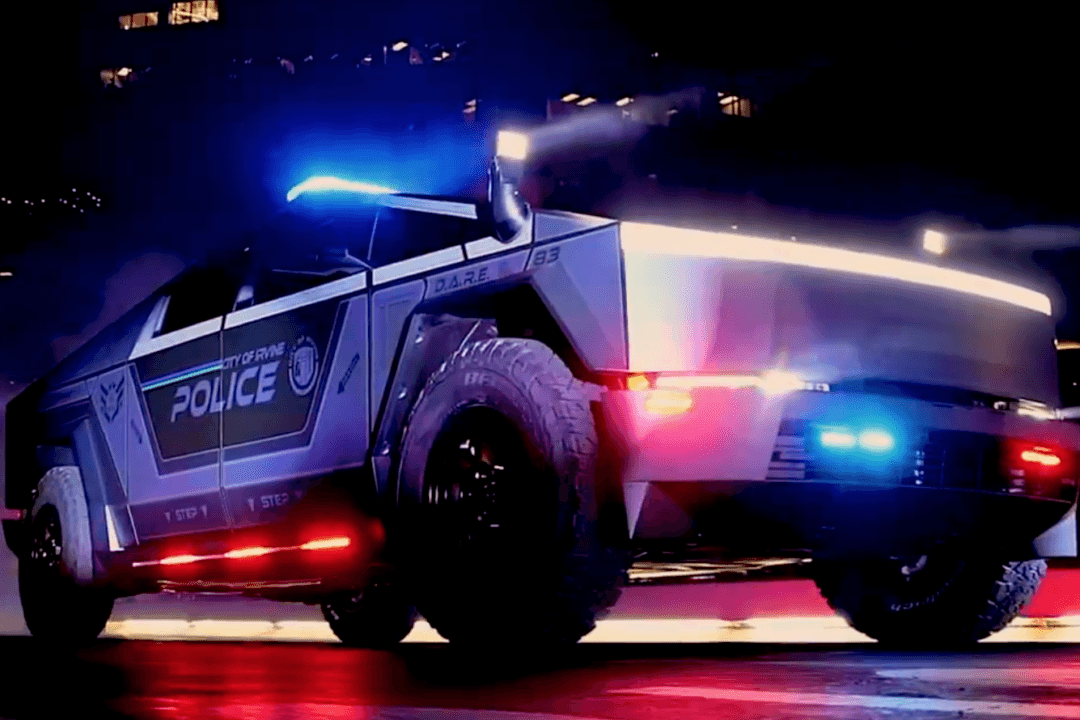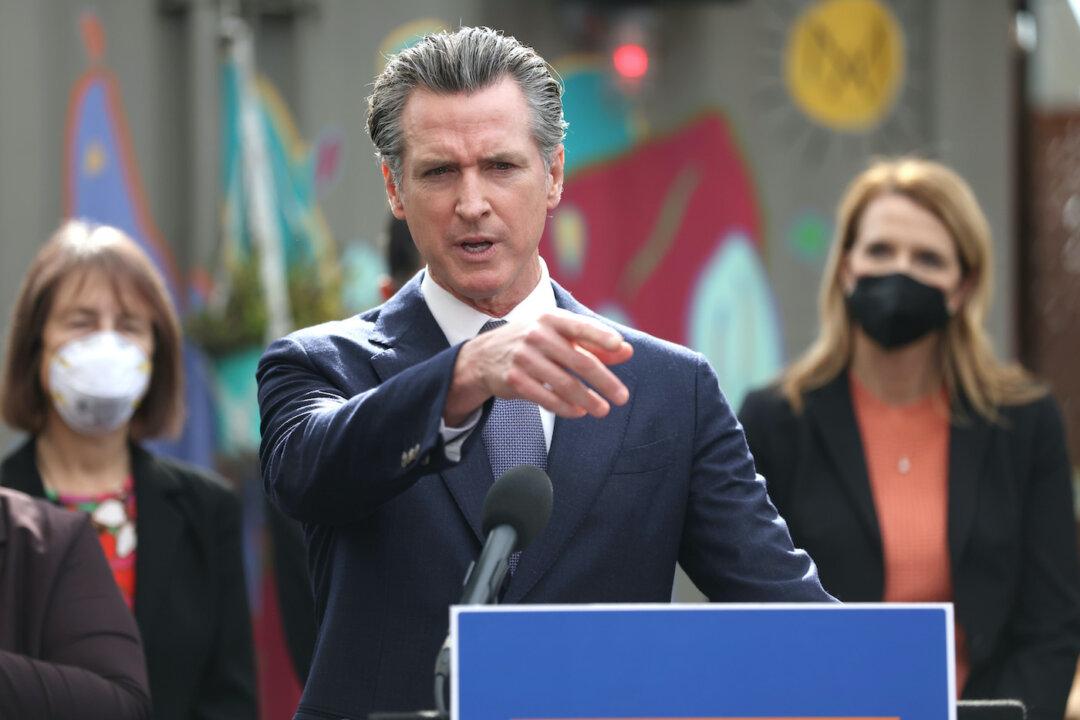After the EPA released a new proposal including a plan to revoke California’s ability to set its own emissions standards through a Clean Air Act waiver, questions arose about how California was using the waiver to fight climate change.
“California’s greenhouse gas emission programs for light-duty vehicles (passenger vehicles) are a fundamental component of the State’s strategy to protect the health of its citizens and its natural resources, including from the threats of climate change,” wrote the California Air Resources Board (CARB) in a proposal (pdf) released Aug. 7 in response to the EPA.
However, the EPA argued in its Aug. 2 proposal that California’s waiver was not meant to address climate change.
“Attempting to solve climate change, even in part, through the Section 209 waiver provision is fundamentally different from that section’s original purpose of addressing smog-related air quality problems,” stated the EPA proposal (pdf).
The EPA also said that in the past, California addressed its air quality issues through a “relatively-straightforward technology solution.” However, in the last decade, California became “disproportionately focused on GHG (greenhouse gas) emissions,” even as the state failed to meet federal air quality standards.However, in 2009, President Obama signed a memorandum directing EPA to take another look at the waiver, and it was subsequently approved later that year.
California Governor Edmund G. Brown Jr., California Attorney General Xavier Becerra, and CARB Chair Mary D. Nichols, announced on Aug. 2 that they would lead a coalition of 19 other state attorney generals in a lawsuit to prevent the changes in the EPA’s proposal from being enacted.




